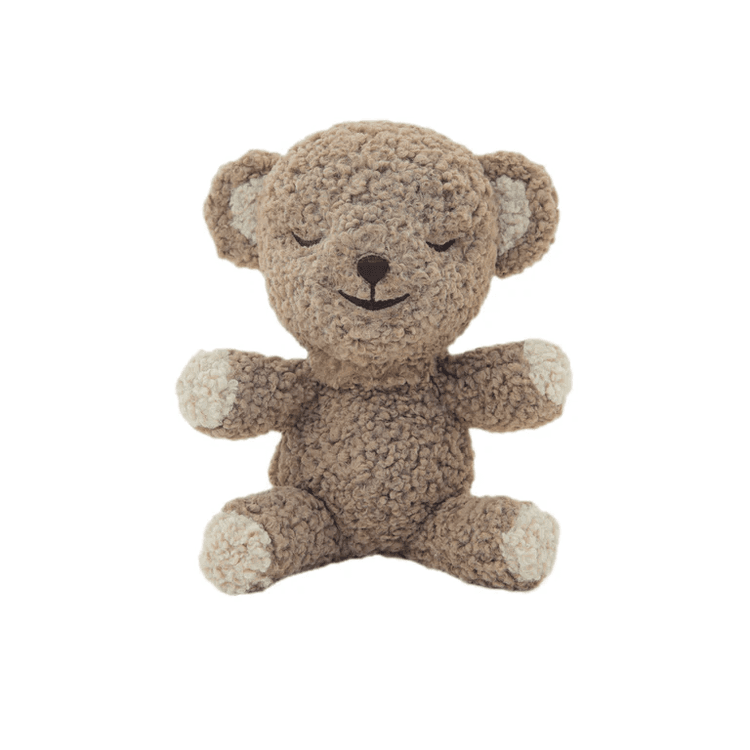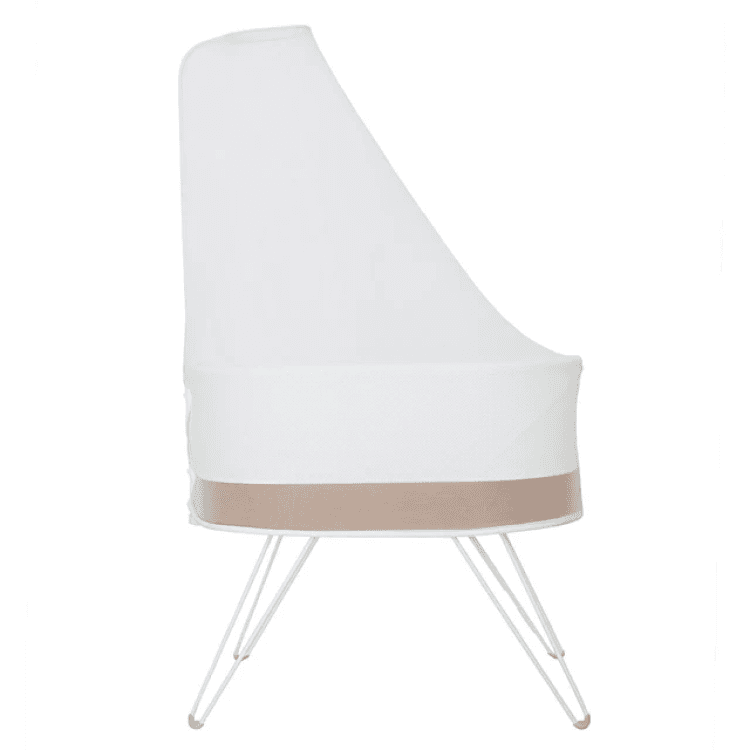BABY
Baby Will Not Nap? Get Daytime Sleep Back on Track
Here, Dr. Karp runs through the top nap problems and offers solutions.

Written by
Dr. Harvey Karp

There are few things more frustrating to parents than when your baby will not nap…she fights it and refuses to sleep…or she sleeps just 5-10 minutes. It is so commonplace that there is slang for it in the modern lexicon: the Nap FAIL. Here, we run through the top nap problems and offer solutions:
Nap Problem: Your Baby Will not Sleep Because He is Overexcited
Solution: Add quiet playtime in his bedroom to your baby bedtime routine. Make the room cooler, reduce distractions, and use white noise. If you are breastfeeding, try avoiding stimulants, like chocolate or coffee, and see if that makes a difference in your baby’s sleep.
Nap Problem: He is Under-Stimulated and Will Not Sleep
Solution: Do not tip-toe around or keep the house silent. Babies find normal household noises soothing. And motion-loving babies benefit from sleeping in a safe device like SNOO. Remember the womb is rumbly and loud and constantly in motion!
Nap Problem: Something Is Bugging Her
Solution: Figure out if she is hungry and feed her. Look for other reasons she may be uncomfortable. Is she too hot? Could her clothing be uncomfortable?
Nap Problem: Your Infant is Overtired and Will Not Nap
Signs are: She falls asleep in the car, she slumps over before naptime, she is cranky and bleary eyed.
Solution: How do you get an overtired baby to sleep? Create a flexible schedule. I am not a fan of scheduling your infant’s life down to the minute. But having a flexible routine can be a real help if your baby is not sleeping well: She is a sensitive child who falls apart if her nap is too late; gets cranky when she is overtired; resists sleep; wakes too often; or wakes too early in the morning. I suggest the following steps for creating a workable schedule and getting naps back on track!
SHARE THIS ARTICLE
PARENT PICKS
Bestsellers



















